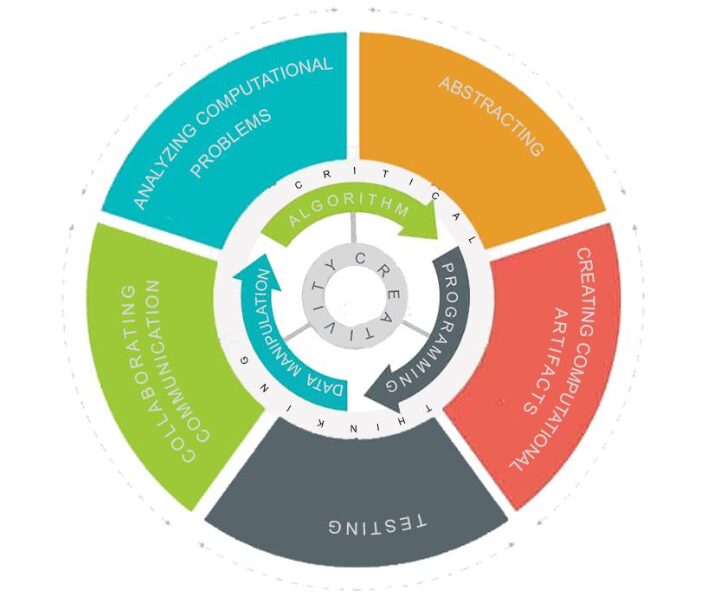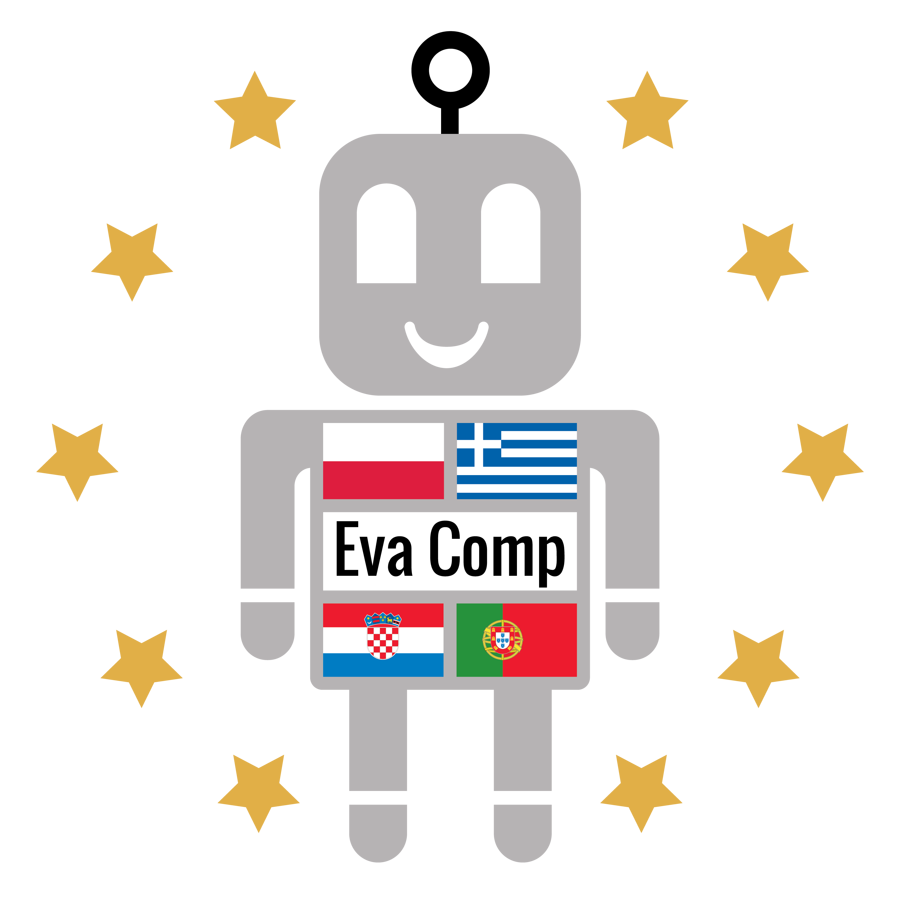CaR - Code and Robotics Framework

In this document we intend to list what we consider to be important children should know and also know how to do it. We cannot predict what knowledge children who now attend primary and lower secondary education will need when they enter the job market, but there are some competences that they must have: how to communicate and work with others, and be able to solve complex problems with technologies of their time. Primary and lower secondary education curricula include several concepts with a wider scope in science, mathematics, and some guidance for the arts, sports, and ICT. However, less effort is applied on teaching problem solving, computer science, technology, and robotics. The use of robotic systems and the Introduction of Robotics can bring to children the possibility of developing the basics of technology, while developing other skills , for instance human and organisational values.
This document intends to present a Code and Robotics (CaR) framework that provides different contexts for learning, including cross curriculum topics, global citizenship and sustainability, which rely on important aspects of everyday life.
The framework intends to develop knowledge, skills, attributes and capabilities around three key significant aspects of learning with robotics systems, introducing robotics in Primary and Lower Secondary Education.
This framework is organised into two perspectives: concepts (what students should know) and practices (what students should do).

The concepts are: Creativity, Algorithms, Programming and Data Manipulation.
The practices are:
Analysing computational problems: The students should analyse problems, divide them into parts, and evaluate each part to determine whether a particular computational solution is appropriate.
Abstracting: Students should identify patterns and extract common characteristics from specific examples to create generalisations in order to simplify the development process and manage complexity.
Creating Computational Artefacts: Students should create artefacts that are personally relevant or beneficial to them and their community, combining and modifying existing artefacts or developing new artefacts. Examples of computational artefacts include robotic systems but also drama, dancing and other things that students imagine.
Testing Computational Artefacts: students should test and redefine computational artefacts in an intentional and iterative process.
Communication and Collaboration promotes the creation of situations in which students communicate, collaborate and interact synchronously and asynchronously, using the most appropriate digital platforms for the learning scenarios development. It is important that moments will be created for students to present and share, individually, in pairs or in teams, the development of the learning scenarios and their robotics systems.
 Evacomp
Evacomp